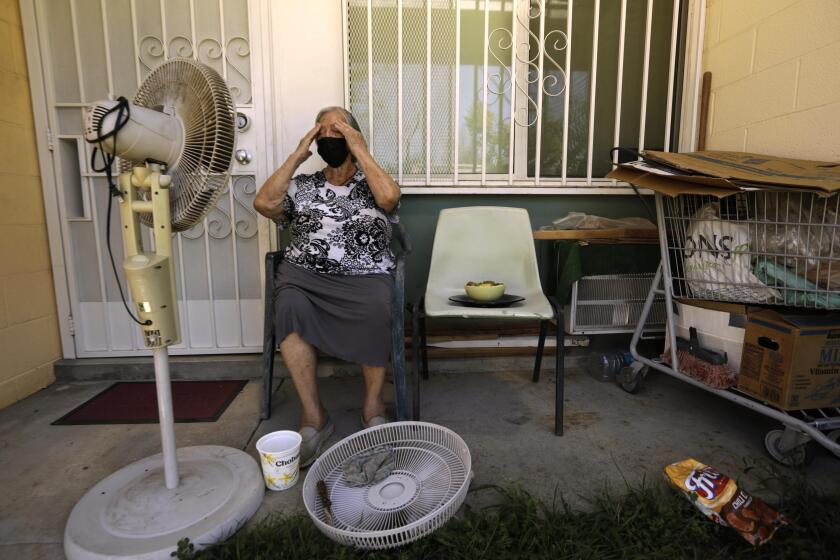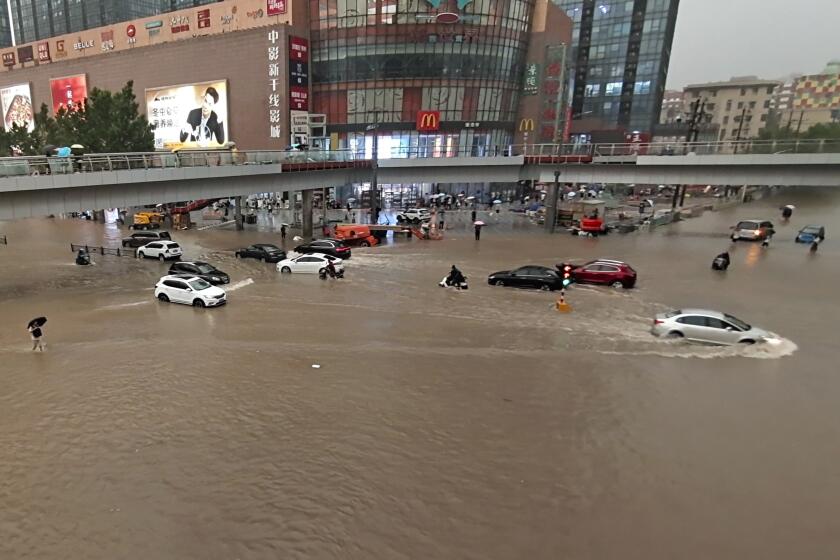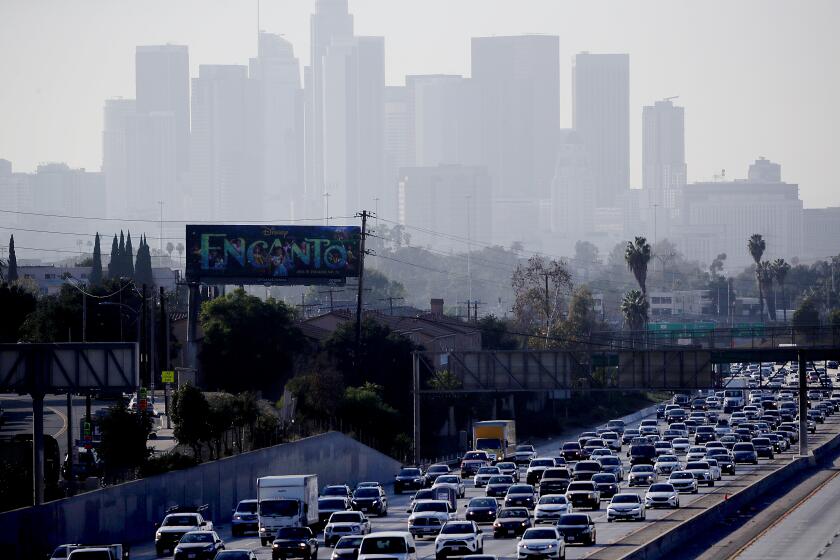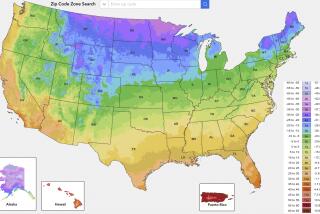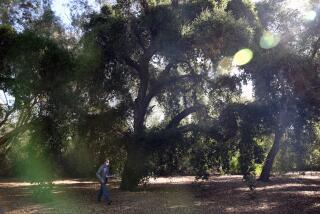The big sneeze: Climate change to make pollen season nastier
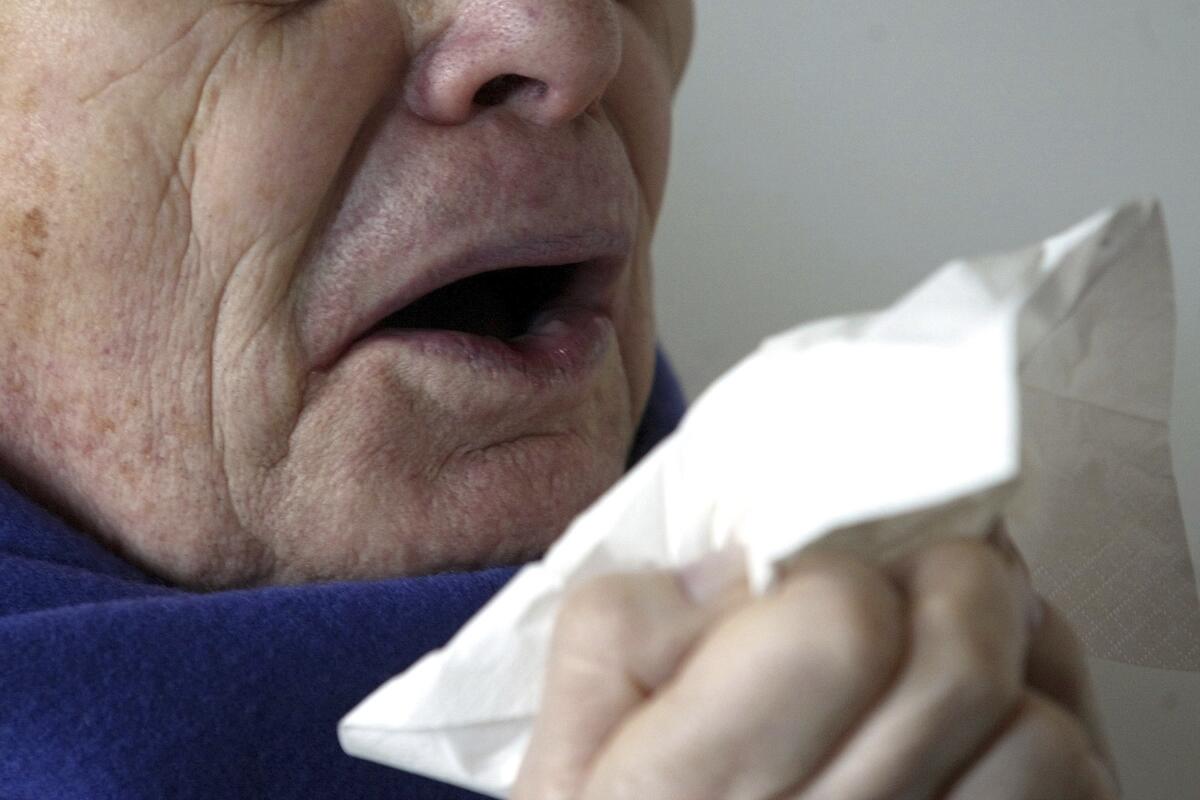
Climate change has already made allergy season longer and pollen counts higher, but you ainât sneezed nothing yet.
Climate scientists at the University of Michigan looked at 15 different plant pollens in the United States and used computer simulations to calculate how much worse allergy season will likely get by the year 2100. Itâs enough to make allergy sufferers even more red-eyed.
As the world warms, allergy season will start weeks earlier and end many days later â and itâll be worse while it lasts, with pollen levels that could as much as triple in some places, according to a new study Tuesday in the journal Nature Communications.
Warmer weather allows plants to start blooming earlier and keeps them blooming later. Meanwhile, additional carbon dioxide in the air from burning fuels such as coal, gasoline and natural gas helps plants produce more pollen, said study co-author Allison Steiner, a University of Michigan climate scientist.
Itâs already happening. A study a year ago from different researchers found that from 1990 to 2018, pollen has increased and allergy season is starting earlier, with much of it because of climate change.
The report focuses on how the world can better adapt to the accelerating effects of climate change to reduce risks and protect vulnerable people.
Allergists say that pollen season in the U.S. used to start around St. Patrickâs Day, March 17, and now often starts around Valentineâs Day, Feb. 14.
The new study found that allergy season would stretch even longer and the total amount of pollen would skyrocket. How long and how much depends on the particular pollen, the location and how much greenhouse gas emissions are put in the air.
With moderate cuts in greenhouse gas emission from coal, oil and natural gas, pollen season would start 20 days earlier by the end of the century. In the most extreme and increasingly unlikely warming scenario, pollen season in much of America will start 40 days earlier than when it has generally started in recent decades.
Already about 30% of the world and 40% of American children suffer pollen allergies, which hurt the economy through lost work days and medical costs, said University of Michigan climate researcher Yingxiao Zhang, lead author of the new study.
Climate change is making the world more prone to floods like those in China and Europe and to heat waves and fires like those in the U.S. and Russia.
Allergies are especially difficult for the 25 million Americans with asthma. This could make the problem much worse for them, said Amir Sapkota, a University of Maryland environmental health professor, who wasnât part of the research.
While allergy suffering will increase across the United States, the Southeast will get hit hardest, said Steiner.
The start of alder tree pollen season will move most dramatically, an issue in the Pacific Northwest. Cypress tree pollen â which is especially bad in Texas â will see among the biggest increases.
Reversing a Trump move, the EPA will allow California to set emissions standards stricter than the federal governmentâs. But court fights may get in the way.
Ragweed and grasses â common pollen allergies â will also have longer seasons and higher pollen counts in the future, Zhang said.
âOverall, this is an incredibly important study,â said University of Utah biologist and climate scientist Bill Anderegg, who wasnât involved in the new research. âIt tells us that the historical trends of longer and more severe pollen seasons are likely to continue, driven by climate change, and this will absolutely have substantial health consequences in allergies and asthma for Americans.â
More to Read
Sign up for Essential California
The most important California stories and recommendations in your inbox every morning.
You may occasionally receive promotional content from the Los Angeles Times.
